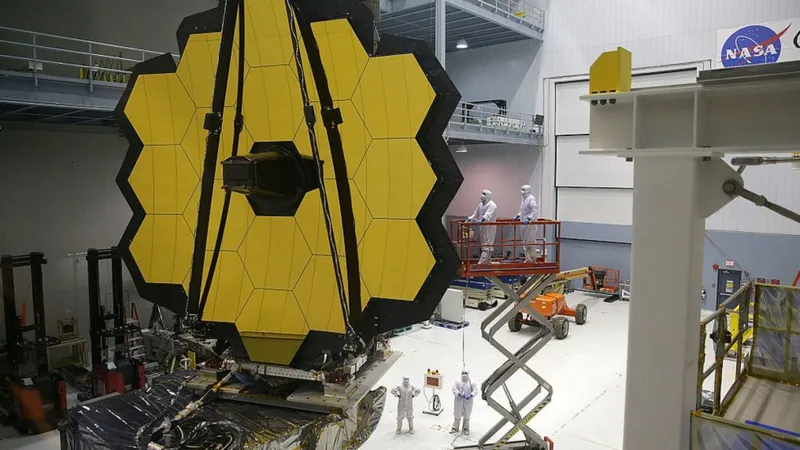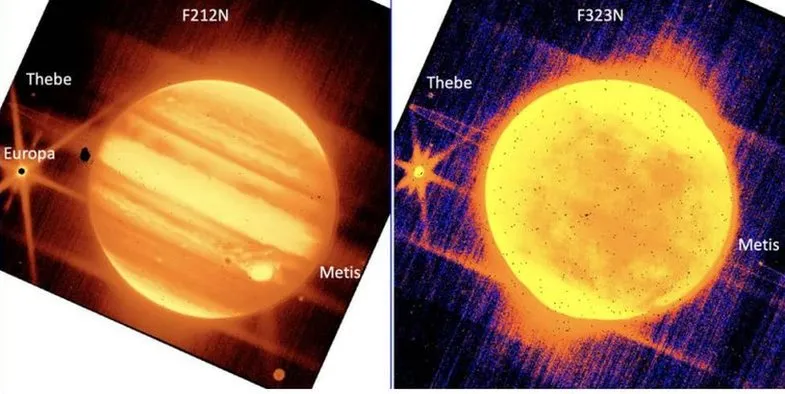The first photos that the James Webb Space Telescope has captured of the universe have left the scientific world – and a large part of those who have seen them – amazed.
The amount of detail and, above all, the range of colors and the vividness of the images, have led astronomers to point out that we are on the verge of a new era in space exploration.
Following the first image made public on Monday – showing a cluster of galaxies in the region called SMACS 0723 – five more pictures were released on Tuesday, including the Carina Nebula and Stephen’s Quintet.
During the release of these images, the United States Space Agency (NASA) also released a document explaining how these records had been achieved.
And on its pages you can see two graphics with two photos of Jupiter and its moons… although these have not caused the same stir as the other images.
The two photos show the circumference of Jupiter and three of its natural satellites: Metis, Europa, and Thebe.
The explanation given by the document, prepared by NASA, the European Space Agency and the Canadian Space Agency, is that Jupiter was used to calibrate one of the infrared cameras that the James Webb telescope has, the NIRcam.
“The idea was to test the ability of the telescope to take moving images, as occurs with the natural satellites of Jupiter,” they point out in the document called “Characterization of the performance science of the James Webb Space Telescope since its start-up”.

The James Webb Telescope was sent into space in December 2021.
Why Jupiter?
Scientists chose Jupiter for its qualities: it is a bright and large planet.
The size helped to specify what was really the objective of this test; see how the telescope could capture moving celestial bodies, even with massive and luminous objects behind them.
Another factor has been that Jupiter is one of the slowest planets in the solar system, which also somewhat facilitated the tests to fine-tune the telescope.
The result is a bright but raw image of Jupiter and three of its moons.
Likewise, according to experts such as Lean Crane, from New Scientist magazine, the report indicates that the results achieved are much better than anticipated, which opens up another range of possibilities for James Webb.
“The tests showed that James Webb is even better than expected at tracking fast-moving objects, which will be particularly useful for studying comets, near-Earth asteroids and even interstellar objects,” she explained.

